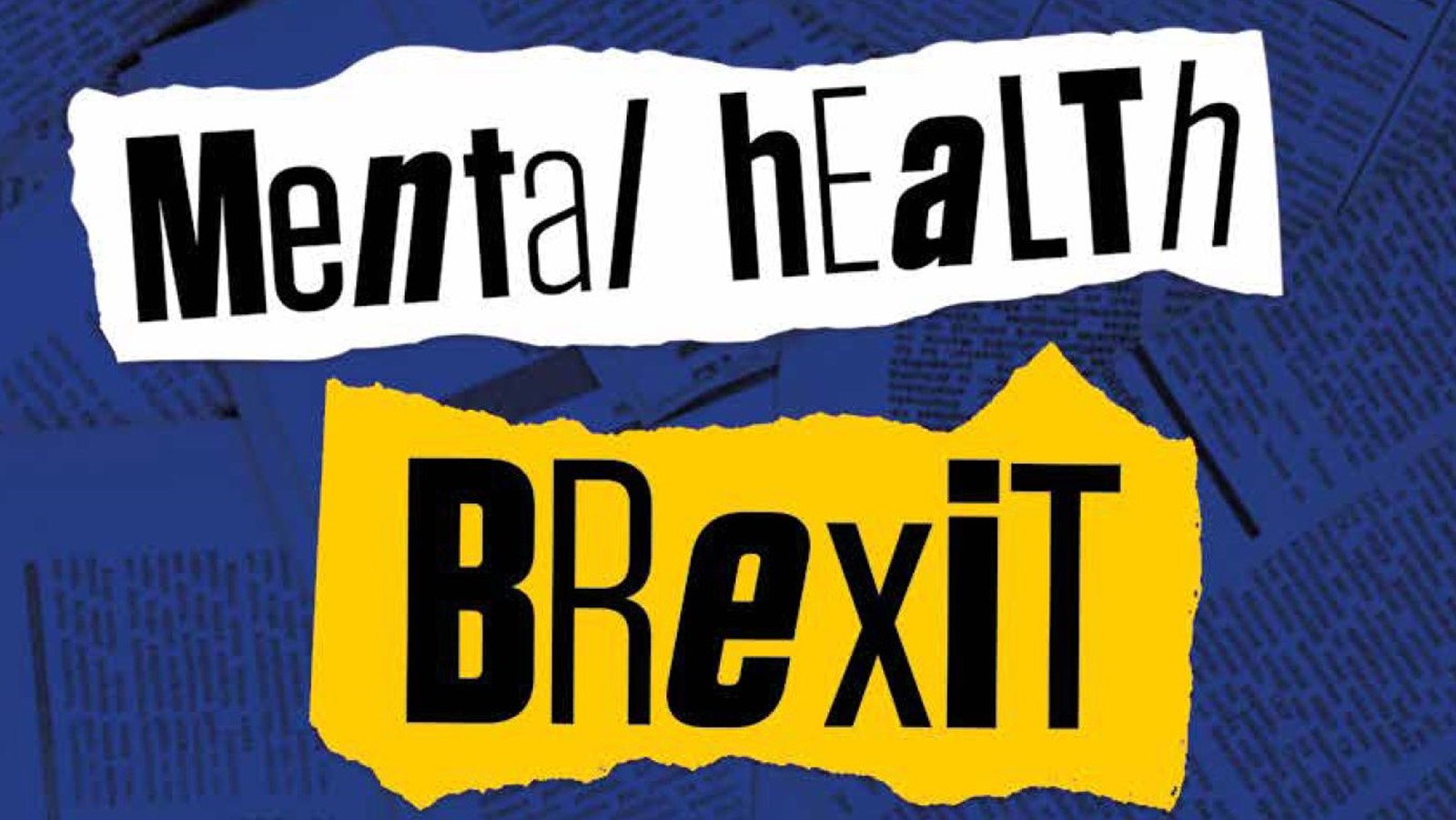Journaling is big business these days. Bookshops are jam-packed with journals, and a quick Amazon search yielded in excess of 50 different self-fill journals. And, at this point, I have a confession to make: one of those 50 journals out there is my own.
My new book, Ten Minutes to Happiness,1 is a journal format that I have tried and tested in my clinic and is, I believe, the formula to improved mood and wellbeing for everyone. But why is it such a great tool – and can it be useful in the workplace?
Journaling (or diary-writing) is an ancient tradition that dates back to at least the 10th century. Famous people throughout history have kept journals, such as presidents and world leaders, who have maintained them for posterity. One of the most famous books in the world is based on a journal, The Diary of Anne Frank , while in modern times, celebrities such as Oprah Winfrey have recently opened up about their diary habits.2
Benjamin Hardy, in The Observer in 2015, described journaling as ‘the most potent and powerful keystone habit you can acquire’.3 I saw this for myself a few years ago when the world-renowned journal researcher, James Pennebaker, from the University of Texas, visited my own university (Central Lancashire) as visiting lecturer. Pennebaker is the king of journaling and author of Writing to Heal, which shows how regular journaling can, among other benefits, strengthen immune cells. He goes on to suggest that writing about emotions and stress can boost immune functioning in patients with such illnesses as HIV/AIDS, asthma and arthritis. These impressive benefits are confirmed by one of the most intensive research reviews of the topic, published in 1998 in the Journal of Consulting and Clinical Psychology.4
There are two main areas that workplace journaling can help with: workplace wellbeing/mental health, and career planning/workplace advancement.
For workplace wellbeing, journal writers can use many of the same principles that underlie my Ten-Minute journal, but applied specifically to work. For example, when working with clients who are unhappy with work and trying to decide whether to stay or move on, the journal concept can be very helpful. Asking the client to chart their work day according to things they have enjoyed that day, things they have achieved, things at work they are grateful for etc, can really help sharpen their decision.
Some of these same principles can be used for the career/workplace planning sphere too. I recommend that everyone keep a workplace journal in which they list at the end of each day what they have achieved that day, what went well, what challenges they overcame, what they enjoyed and any positive feedback (or positive strokes) they received. This process, taking no more than 10 minutes each night, can help employees to value themselves, build their workplace self-esteem and create stronger self-confidence. But more than that, the journal provides an evolving record of all that is good at work; a valuable self-development tool and resource for career progression.
The benefits of reflecting via workplace journaling are well recognised now, with business media such as the Harvard Business Review, FastCompany, American Express, The Muse, and Forbes all advocating diary writing for workplace health and success. So, what are you waiting for? This is one intervention that requires the simplest of tools for the maximum effect: a notebook (electronic, physical or a structured journal) and a mere 10 minutes a day.
Dr Sandi Mann is Senior Psychology Lecturer at the University of Central Lancashire Her new book, Ten Minutes to Happiness, is published by Little, Brown Book Group.
